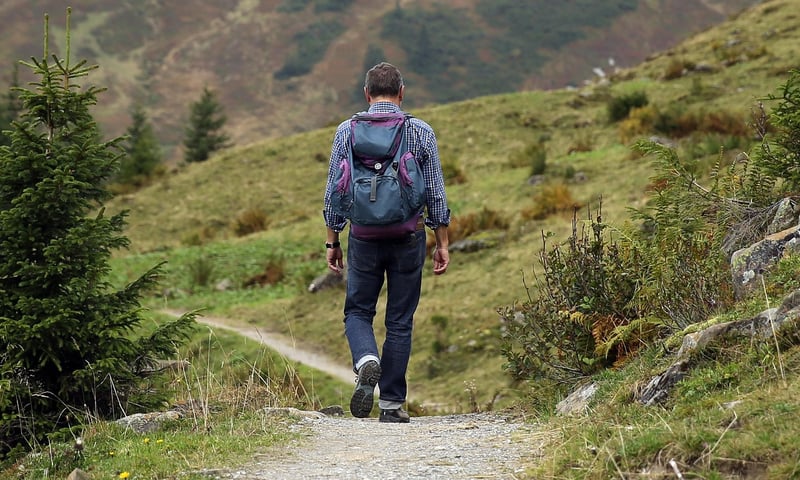Emergency preparedness
How to Stay Safe in the Wild: Emergency Preparedness Guide
Exploring the great outdoors can be an exhilarating experience, but it's essential to prioritize safety, especially when venturing into the wilderness. Being prepared for emergencies is crucial to ensure your well-being. Follow these tips to stay safe in the wild:
1. Plan Ahead
Before heading out, research your destination, familiarize yourself with the area, and check the weather forecast. Inform someone about your plans, including your route and expected return time.
2. Pack the Essentials
Ensure you have the necessary supplies, including water, food, a first aid kit, navigation tools, a flashlight, extra clothing, and a multi-tool. Don't forget to bring a map and compass or a GPS device.
3. Know Basic Survival Skills
Learn essential survival skills such as starting a fire, building a shelter, and signaling for help. Practice these skills before your trip so you can confidently handle emergencies.
4. Stay Hydrated and Fed
Drink plenty of water to stay hydrated, especially in hot weather. Pack high-energy snacks such as nuts, granola bars, and dried fruits to keep your energy levels up.
5. Be Aware of Wildlife
Respect wildlife from a safe distance and avoid feeding or approaching animals. Familiarize yourself with the local wildlife and know how to react in case of encounters.
6. Stay Calm in Emergencies
If you find yourself in a challenging situation, stay calm and assess your surroundings. Use your survival knowledge and resources to address the issue and signal for help if needed.
7. Leave No Trace
Respect nature and leave no trace of your visit. Pack out all trash, minimize campfire impacts, and stay on designated trails to preserve the environment for future generations.
Emergency Preparedness Websites:
By following these safety tips and being prepared for emergencies, you can enjoy your wilderness adventures with peace of mind. Remember, it's always better to be over-prepared than underprepared when exploring the wild!

